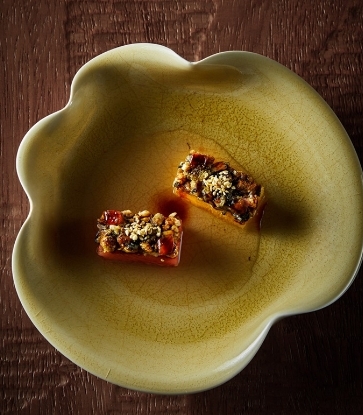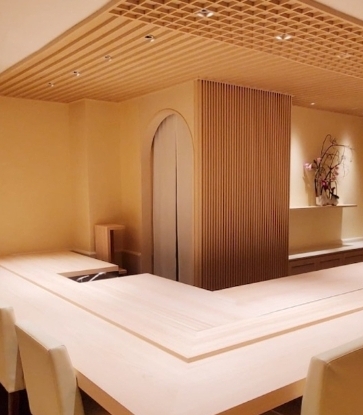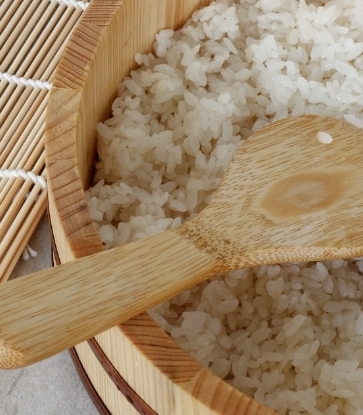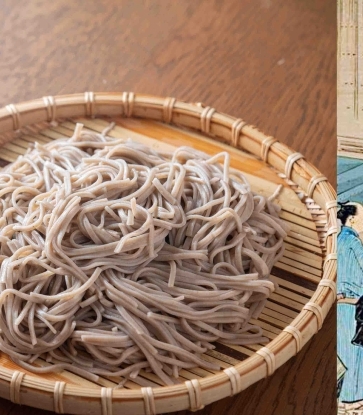Few formal dining experiences are as revered or as intimidating as omakase, a form of Japanese dining in which guests leave themselves in the hands of a chef and receive a meal which is seasonal, elegant, artistic, and uses the finest ingredients available.
In many ways, omakase is a spiritual companion and counterpoint to kaiseki, the elaborate multi-course Japanese meal built around seasonality, quality ingredients, and simple preparations. There is one key difference, though. While kaiseki is a highly ritualised meal with a specific ebb and flow, omakase changes with each occasion, with the chef making decisions about what to cook mid-course. The truth of omakase lies in the word itself — directly translated, it means "I leave it up to you."
In his book The Story of Sushi, academic and writer Trevor Corson says, "[Omakase is] what the sophisticated customer says to the chef when settling down at the sushi bar. Sushi connoisseurs seldom order off a menu. Traditionally, sushi bars in Japan didn't even have menus."
This is also true of omakase everywhere else around the world. Because it's often both expensive and menuless, it's usual to hear diners express fear about engaging with the experience. Stories about people accidentally racking up wildly expensive bills are not uncommon.
Some chefs combat this by setting a base price for the experience so that guests will know what they're getting themselves into, and then presenting the option of adding extra courses for a supplemental fee.
Aside from cases where a guest has an allergy or intolerance to a specific ingredient, an omakase chef determines at the spur of the moment what will appear on the plate. This is typically driven by the ingredients available to them, which are customarily selected based on both quality and seasonality.
That being said, the philosophy of the chef will also guide what they serve, and this is important for diners to keep in mind. The omakase experience can vary dramatically depending on the philosophy and cooking style of the chef.
At one-MICHELIN-starred Sushi Taro in Washington, D.C. — about which Michelin inspectors say, "The overall experience at the omakase counter is truly stellar" — chef/owner Nobu Yamazaki says, "We start off with a few appetisers to see how the customer reacts to our food, then if we think they can go for [dishes] a little more adventurous, or a little more of something they've never had before, we'll try to put those out there little by little." According to Yamazaki, his most pressing concern is whether or not a diner is enjoying their meal. "Sometimes we might just completely change it in the middle of the course," he explains. "It really depends on the customer."
Another iteration of an omakase experience is through a set menu — which changes frequently — that includes around 10-18 pieces of sushi, with the option of adding supplemental pieces à la carte. Some chefs will also tailor the menu to guests as he gets to know them over time.
The use of a set menu is important for some omakase chefs, as it it reflects the philosophy of the omakase experience. It also allows chefs to keep prices down, which makes the restaurant more accessible for people who are afraid of having an exorbitantly priced meal.
Because a traditional Japanese omakase is so dependent on the happiness of the guest, it's not uncommon to find that you have the chef's full attention. This is why most of the time, only a handful of diners are able to partake in an omakase counter per night with two chefs committed to the meal.
In a traditional sense, omakase means being face-to-face with the chef, who will gauge your reaction and help guide you toward the best possible experience. It's also important to trust the chef, coming in with an open mind to explore and experience new things for a memorable meal.





















